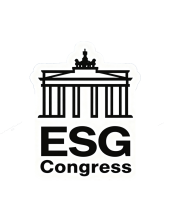
The new frontier of European ESG regulation extends liability far beyond a company’s internal operations, focusing intensely on the value chain. Simply having a supplier code of conduct is no longer sufficient. Companies must demonstrate active assurance and incentives to ensure their suppliers adhere to environmental, social, and governance (ESG) standards similar to their own. This critical integration requires profound changes in one specific area: procurement.
ESG performance indicators increasingly require disclosure through specialized, qualitative statements known as Key Performance Narratives (KPNs). These narratives demand detailed explanations of concrete management practices, rather than just raw numbers.
Two critical questions that modern frameworks explicitly ask are:
1. How do you ensure that your suppliers adhere to a standard of ESG compliance similar to that of your company? This demands rigorous due diligence and continuous monitoring, requiring firms to map their supply chain, identify areas of high risk (such as labor rights or environmental harm), and implement clear verification processes.
2. When assessing the performance of your procurement and purchasing functions: Do you incentivize your procurement management for the selection of ESG-performing suppliers even if you might have to carry a premium over less expensive suppliers?
This second question highlights a fundamental strategic shift. Effective ESG integration necessitates moving past the cheapest option if that option poses material sustainability risks. By tying procurement management compensation or incentives to the selection of suppliers who demonstrate high ESG performance, companies signal that sustainability is a core value driver, not just a cost constraint. This approach ensures ESG criteria are factored into purchasing decisions and reinforces the drive for collective progress throughout the value chain, addressing systemic risks that no single entity can solve alone.
Does your procurement strategy actively incentivize ESG compliance, even if it costs more? Master the mandatory Key Performance Narratives required for CSDDD readiness at the ESG Congress ): esg-congress.com

